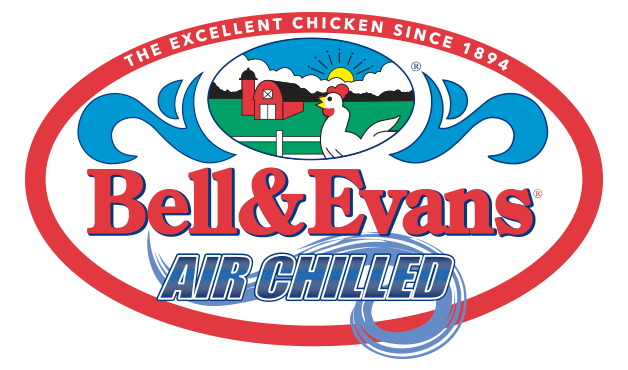Refrigeration
- Keep raw chicken separate from other foods.
- You can refrigerate an open package of fresh chicken for 24 to 48 hours. If you don’t plan to use it within that time, freeze immediately.
- Please note the “Use” or “Freeze By” date on the back of the sealed package.
Washing
- Proper washing of hands and utensils is crucial to preventing food-related illness.
- Remember to wash your hands after touching raw chicken. Wash with warm soapy water for at least 20 seconds immediately before you start cooking and in between cooking tasks. Dry your hands on a clean towel.
- Thoroughly wash cutting boards, utensils and countertops after they touch the chicken
- Use separate cutting boards for raw meats, cooked meats, and vegetables and fruit.
Cooking
- Cook chicken to a minimum internal temperature of 165°F, as measured by an accurate meat thermometer. Place the tip of the thermometer into the thickest portion of the meat. Remember: you can’t always tell, just by looking, if chicken is fully cooked.
- Our prepared foods packaging includes suggested cooking times. These times will vary depending on the accuracy of your oven’s temperature.
- Oven CalibrationIt’s important to check the accuracy of your oven temperature at least every six months, since the average household oven may vary as much as 100°F. This can affect your quality of your finished dish. It’s simple! All you need is an oven thermometer, a little time and your oven instruction manual.
- Place an oven thermometer in the center of the middle oven rack.
- Preheat the oven to 350°F.
- Monitor the oven thermometer through the oven door (with the door still shut) until the thermometer reaches 350°F.
- If the thermometer reached 350°F and stays there, your oven is properly calibrated. If it does not reach 350°F, increase the temperature setting on your oven by 10° – 15°F at a time, allowing a 3-4 minutes for each increase.
- When the oven thermometer reaches and maintains 350°F, note the temperature on your oven dial. Reference your oven instruction manual on how to properly adjust the temperature dial or digital setting.
- Use a hot pad or oven mitt to remove the thermometer from the oven. CAUTION: Thermometer will be HOT!
Storage
- Once cooked, keep foods hot. Refrigerate leftovers immediately or discard.
- Minimize the handling of raw poultry. Poultry should be handled with care to minimize the risk of foodborne illness.
- Keep hot foods hot and cold foods cold. Most disease-causing bacteria are killed at temperatures above 140°F. To ensure all disease-causing bacteria are killed throughout, unevenly shaped poultry pieces’ internal temperature recommendations are slightly higher, 165°F to 180°F, depending on the part.
- Bacteria are not killed at temperatures below 40°F, but low temperatures slow their growth.
- We recommend your refrigerator temperature be no higher than 40°F.
- Most foods can safely remain at temperatures between 40°F and 140°F for no more than two hours, including serving time and time cooling in the refrigerator. Foods kept in a chafing dish above 140°F can be held for about four hours.
- To chill cooked foods as quickly as possible, place them in a covered shallow pan or container in the refrigerator or freezer immediately after the meal is finished. Use the leftovers within two to four days. Reheat leftovers to at least 165°F.

